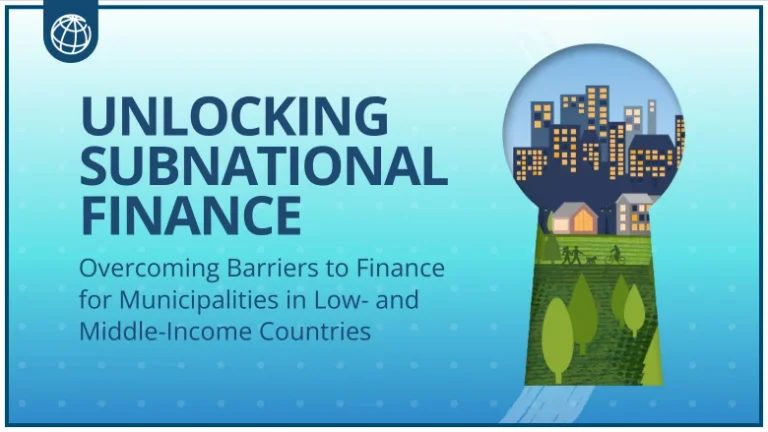President Cyril Ramaphosa has repeatedly emphasised South Africa’s commitment to industrialisation – with a focus on growing manufacturing capacity, attracting investment and building globally competitive local industries. But for this ambition to be realised, South Africa needs reliable and affordable electricity.
The latest approved tariff increase – 12.74% for Eskom customers and 11.32% for those supplied via municipalities are well above the current inflation rate of 2.8%, continuing a trend where electricity prices have consistently outpaced inflation since 2008.
Fixed costs are rising faster than variable ones, so even those using less electricity are paying more. The result is less disposable income and subdued consumer spending at a time when household consumption remains a key driver of GDP.
National Treasury expects the economy to grow by just 1.4% in 2025. Tariff hikes of this magnitude could slow that growth even further, with consequences for employment and broader development targets.
At the same time, industrial users – particularly energy-intensive sectors like mining, smelting and large-scale manufacturing – are contending with rising input costs that threaten their competitiveness. For example, smelters, which rely almost entirely on electricity, are vulnerable to even modest increases. In some cases, operations are delayed or suspended due to cost pressures.
None of this is to downplay the complex challenges facing Eskom.
The utility is burdened by a high-cost structure, significant debt and ageing infrastructure in urgent need of investment. These are real and pressing constraints. Tariff increases are part of the solution. But they cannot be the only lever. And they must be implemented in ways that balance financial sustainability with economic growth.
There are workable solutions.
Maintenance backlogs and grid inefficiencies must be addressed. Many substations and municipal systems are operating well beyond their intended capacity or lifespan, with little consistent upkeep. Fixing these is about planning and disciplined execution. Infrastructure cannot be funded if it is not bankable.
The funding does exist. What’s often missing is the ability to demonstrate viability through well-developed business cases, feasibility studies and costed implementation plans. Without these, municipalities and utilities cannot access the finance they need – from National Treasury or private funders – to upgrade infrastructure or expand capacity.
At Ntiyiso Consulting Group, we work with clients across the public sector to help build that viability. And the truth is that planning alone isn’t enough – it must translate into fundable, bankable infrastructure programmes that deliver.
Revenue collection is another persistent challenge. Municipalities struggle to recover what is owed for services, partly because of poor billing systems and low levels of service delivery. Until this is addressed, many local governments will remain locked in a cycle of debt and underperformance, with Eskom left to carry the financial shortfall.
A longer-term priority must be to expand electricity supply, especially from renewable sources. Increasing generation capacity, particularly through solar farms in high-potential regions, can ease pressure on the grid and reduce the cost of production. However, recent proposals to introduce costly registration and compliance fees for solar users may deter uptake. A better approach would be to incentivise grid-tied systems and streamline access for independent power producers.
The transition to renewables must also be inclusive. Many communities in coal-producing regions rely on fossil fuel-based jobs and will need support to shift into emerging sectors. TVET colleges and training institutions should be capacitated to develop the technical skills required for solar installation and system maintenance, as well as broader energy sector work. The just energy transition is only just if it is backed by ground-level reskilling and economic planning.
South Africa’s energy system is central to its industrial future. While the current tariff increase reflects tough trade-offs, it also highlights the urgent need to fix the fundamentals: infrastructure, funding models, skills development and operational efficiencies.
We cannot unlock the full potential of localisation and reindustrialisation without reliable, affordable electricity. And we cannot achieve that without partnerships – between the public and private sectors, between utilities and communities, and between planners and implementers.
South Africa has the talent, the policy frameworks and the resources. What we need now is focused execution. The solutions are within reach – and at Ntiyiso, we’re ready to help make them work.
Dr Clement Moyo is an economist at Ntiyiso Industrialisation Consulting, specialising in quantitative research and economic development. A former academic with over 20 published papers, he has led projects on SMME innovation, industrial policy and LED. His work spans feasibility studies, SEZ frameworks and master plans. He focuses on Africa’s industrialisation, GDP growth, unemployment, and development finance.




